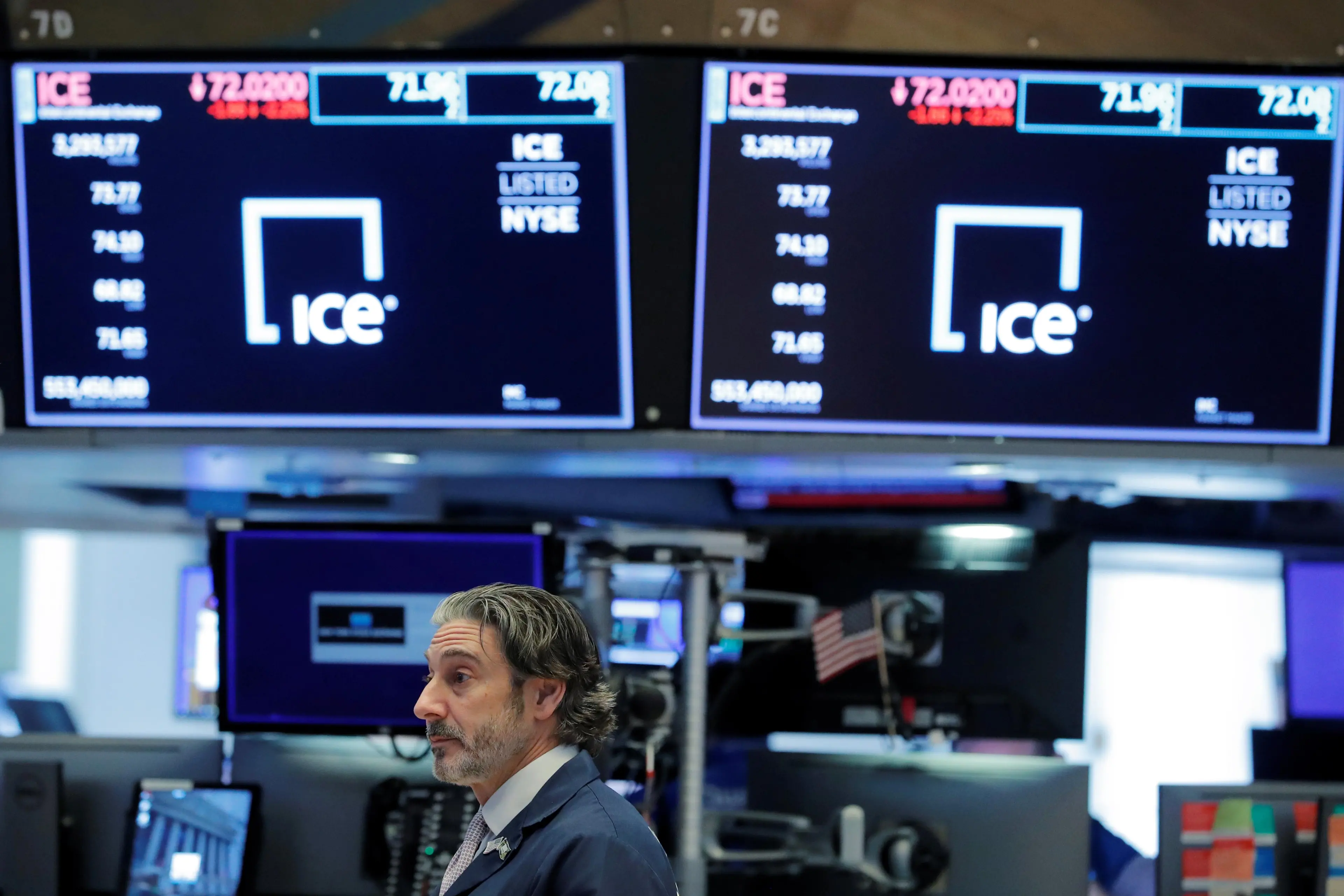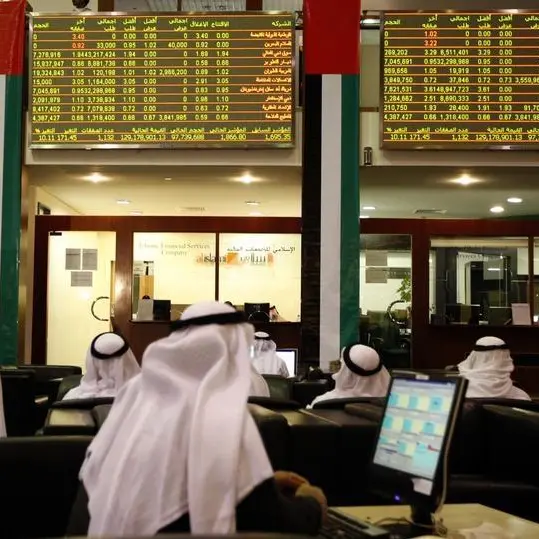PHOTO
Investments in green or sustainability-linked financial products are on the rise, but there is still a tension between investors on earmarking funds for such projects and the role capital plays on a balance sheet, says S & P Global Ratings.
The Greening of Financial Services report showed a dramatic increase in green and sustainable bond issuance, from around $50 billion in 2016, to more than $200 billion in 2019, with year to date figures suggesting there will be a further increase in 2020.
The ratings agency said issuing green or sustainability linked hybrids helps banks and insurers highlight their environmental and social governance (ESG) strategies, but investors are still exposed to the risk of broader businesses.
“We believe this is why the green or sustainability promises incorporated in such hybrids have so far been light on specific commitments, and we note that such hybrids may not match the investment mandate of some green and sustainability investment portfolios,” the report said.
A further challenge
The report also pointed out that the development of green and sustainable hybrid asset classes poses a further challenge, in that they could increase reputational risks for banks and insurers.
As an example, the ratings agency cited a scenario in which investors in a green-labelled hybrid may not receive hybrid payments because of problems that a bank or insurer faces from losses after a borrower or investment fails due to the crystallisation of ESG risks, for instance, from losses due to polluting.
S&P says it expects growing demand for green and sustainability assets to encourage incremental supply of such hybrids even if the limited price and diversification benefits seen by the issuers to date continues.
“Green and sustainability subordinated bond issuance has significantly lagged that of senior or secured asset classes, we think largely because of investor concerns that capital fungibility creates less clarity on the investor's exposure to green and sustainability-related behaviour,” the report said.
“While recent green subordinated issues by banks and insurers have not, in our view, convinced investors that they have removed exposure to non-green activities, they do show a modest degree of investor diversification and noteworthy ESG credential signalling.”
(Writing by Imogen Lillywhite; editing by Seban Scaria)
imogen.lillywhite@refinitiv.com
Disclaimer: This article is provided for informational purposes only. The content does not provide tax, legal or investment advice or opinion regarding the suitability, value or profitability of any particular security, portfolio or investment strategy. Read our full disclaimer policy here.
© ZAWYA 2020












